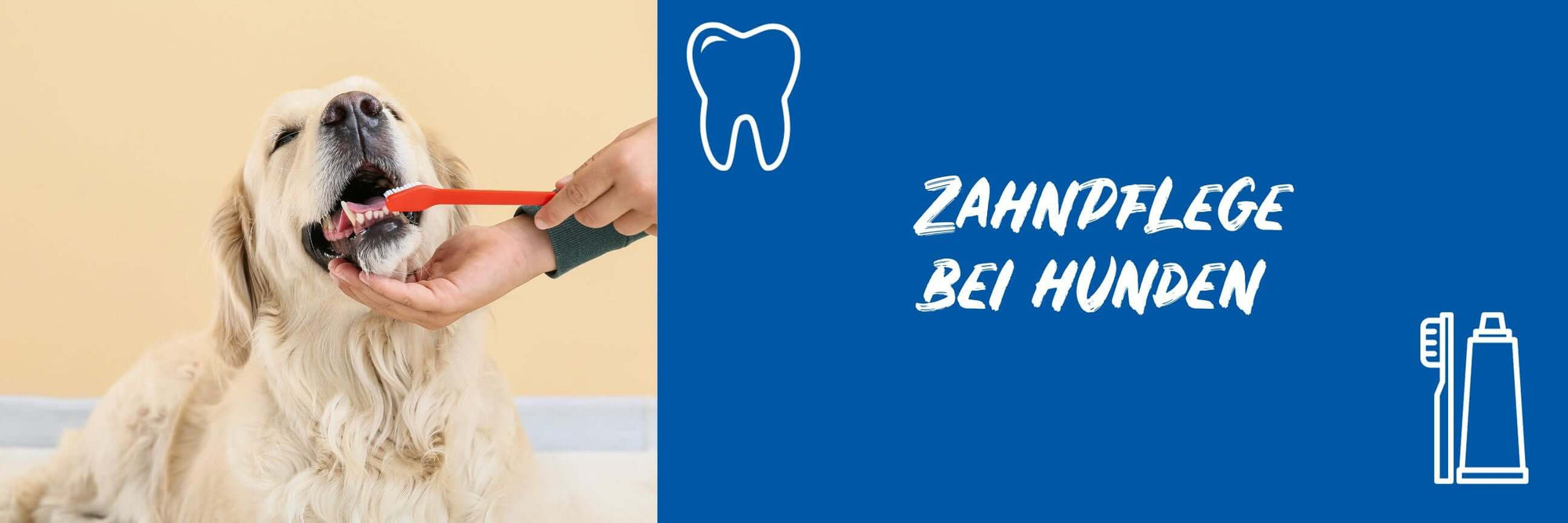The world of insects is fascinating and holds many secrets. One of the most notable creatures in this realm is the black soldier fly (Hermetia illucens). In recent years, this species of fly has attracted worldwide attention due to its versatile properties and sustainable potential.
Black soldier fly
The black soldier fly (Hermetia illucens or Black Soldier Fly) is a species originally from South America. Today it can be found worldwide and occurs in temperate climates in America, Europe, Africa and Asia.
It gets its name from the color of its fly life cycle, which is black with metallic reflections.
Compared to other insects, such as the mealworm, the black soldier fly has some unique characteristics that make it a promising resource. In this article we will take a closer look at what defines the black soldier fly and why it may be preferred as an alternative within insect species.
Life cycle
The black soldier fly is a species of fly found in many parts of the world. It has a short lifespan of around 5 to 8 weeks. Their extraordinary life cycle and remarkable ability to produce larvae make them a unique species of insect.
The larvae of the soldier fly are used for protein utilization because they can be used 100% of the time. The larvae are characterized by a yellowish color and a size of up to 2 cm. They are extremely robust and can even survive for several days at low temperatures.
Through so-called defensins, the larvae have a kind of antibiotic of their own, which enables the larvae to utilize all residues without any health problems. Because of these defensins, our fresh larvae have an antimicrobial effect when fed.
Sustainable breeding and feeding
Conventional meat production puts a strain on our environment in many ways. Raising beef, pork & poultry produces large amounts of greenhouse gases, uses vast amounts of water and contributes to deforestation. In contrast, insects use fewer resources and produce fewer greenhouse gases during the fattening phase. It can be grown in large quantities and in small spaces by growing vertically. To do this, individual mast boxes are stacked on top of each other and save production space.
There are different types of insects that are used for insect food such as mealworms, crickets or silkworms. Among the different species, the soldier fly larva has even more advantages in terms of sustainability, as it can be 100% recycled and fed with any vegetable residues and organic waste, such as leftovers from the food industry. This not only enables efficient waste disposal, but also creates a high-quality insect protein as a byproduct.
The black soldier fly (Hermetia illucens) is a species originally from South America. However, it is now bred all over the world and has therefore also become a source of protein in German agriculture. Insects love to live in crowds, so factory farming is not a factor. In contrast to usual factory farming, insect breeding takes place free of antibiotics and growth hormones.

Nutrient-rich protein
| Nutritional values | Insect larva, live | Insect meal, dried |
| Crude protein (Nx6.25) | 15.8% | 56.3% |
| Crude fat | 8.4% | 12.9% |
| Raw ash | 1.8% | 7.2% |
| Crude fiber | 2.3% | 9.1% |
| Calcium | 0.2% | 0.8% |
| phosphorus | 0.3% | 1.0% |
Environmentally friendly recycling
Other areas of application
Conclusion
The black soldier fly is undoubtedly a fascinating insect with great potential. Their sustainable breeding, ability to utilize organic waste, and nutrient-rich protein make them a superior alternative to the mealworm. Its versatile use in various industries shows that the black soldier fly can be a promising solution to the challenges of sustainable development - which is why we use it as the only source of animal protein.




